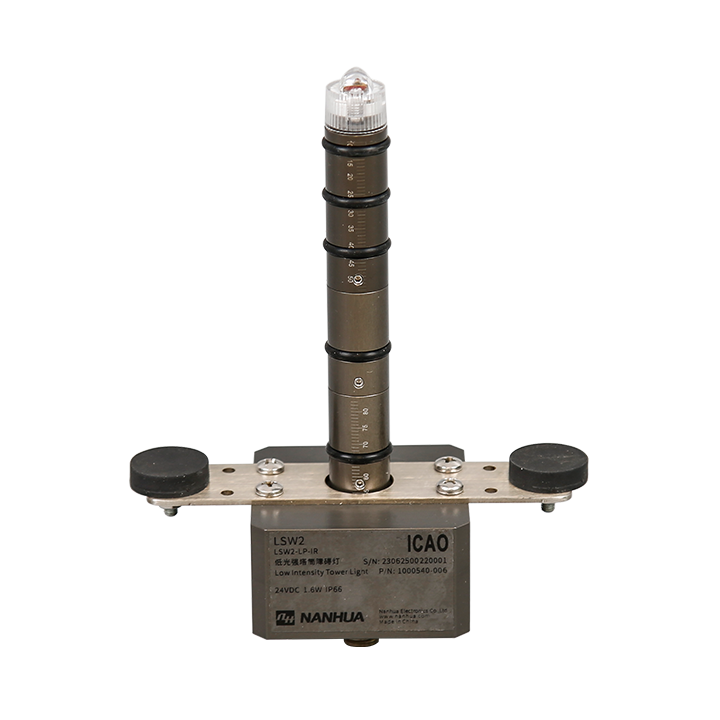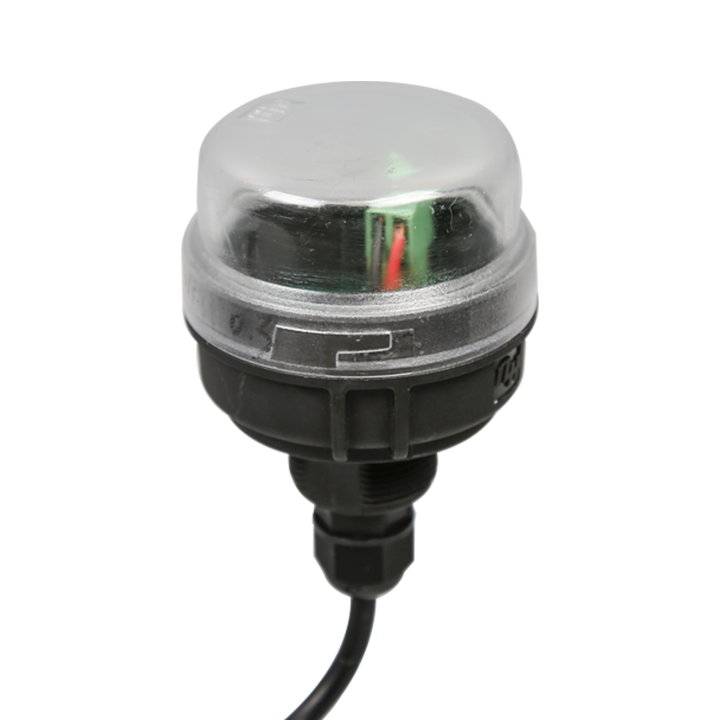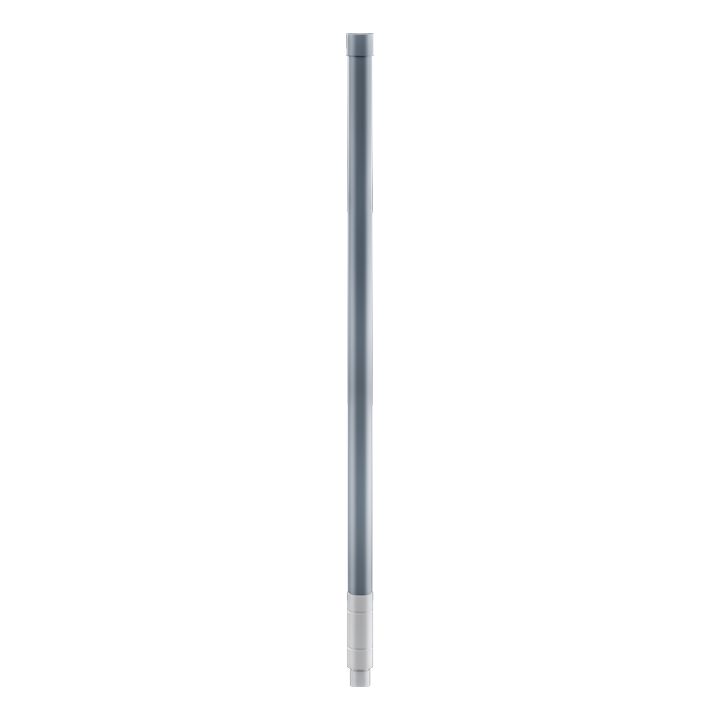Civil aviation authorities around the world impose varying requirements for aviation obstruction warnings, placing high demands on the flexibility and adaptability of such systems.
System Overview
NANHUA’s Aviation Warning Marking System (AWMS) provides an intelligent and efficient solution designed to address the challenges of complex offshore environments and diverse compliance standards. The system integrates precise airspace detection, intelligent environmental recognition, and infrared warning technologies to ensure reliable performance under all weather conditions.
Features
1. Precise Airspace Detection
At the core of the system is ADS-B–based airspace monitoring, which receives real-time data on aircraft position and flight speed. Obstruction lights are automatically activated only when an aircraft enters a predefined warning zone, achieving precise, on-demand activation.
2. Intelligent Environmental Recognition
Equipped with advanced environmental sensing, the system accurately detects visibility changes caused by fog, rain, or snow and automatically adjusts the intensity of obstruction lights. Even in complex weather conditions, it ensures that warning signals remain clearly visible, enabling pilots to identify offshore wind farm structures promptly.
3. Infrared Warning Technology
Integrated infrared warning functionality further enhances system effectiveness. Infrared light’s strong penetrative ability allows it to pass through fog, haze, and smoke, ensuring that even under extremely low-visibility conditions, obstacles can still be detected via aircraft thermal imaging systems.
System Advantages
The AWMS combines on-demand activation, adaptive brightness control, and intelligent environmental sensing. By continuously monitoring the relative position of aircraft and wind turbines, obstruction lights operate only when necessary—minimizing energy consumption while maintaining optimal visibility. This intelligent management approach ensures timely obstacle detection and maximizes both flight safety and operational efficiency.

















































